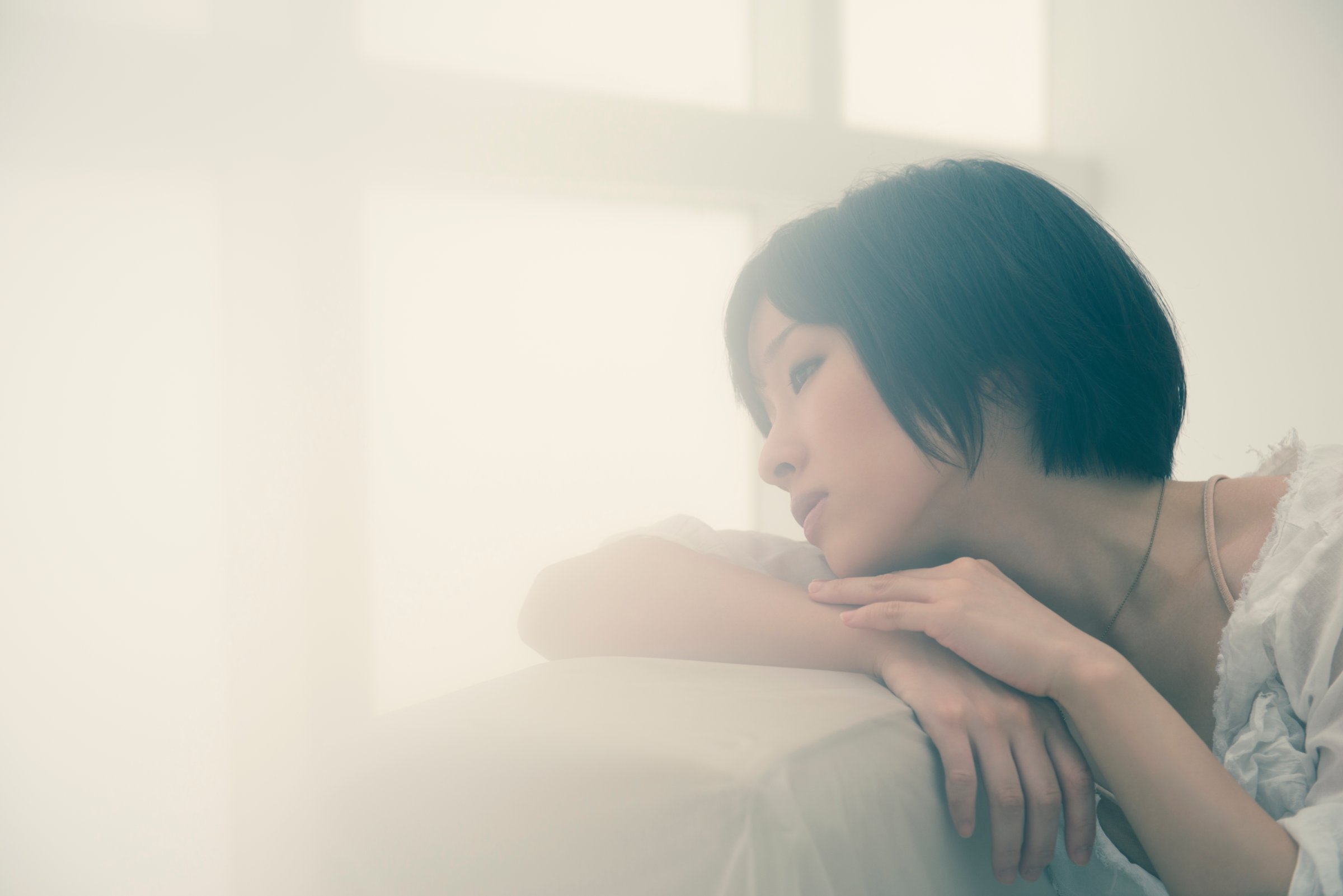
SAD is often a catch-all term to describe the winter dumps, but experts say it’s often misused and the condition is actually less common than people think. “There are a lot of myths. SAD is not a myth. It is a mental disorder that is incompletely understood and also something that is complicated by questions about the role of evolutionary biology,” says Dr. Jeffrey Lieberman, the president of the American Psychiatric Association.
That diagnosis is different from the lows that many feel during the winter months. In fact, research shows many people overestimate the impact of seasons on their moods in general.
Where is the line between SAD and the simple doldrums? How much winter sadness is the product of a mood-based disorder, and how much is a natural outcome of being cooped up indoors? SAD is considered a subtype of a mood disorder like depression or bipolar disorder, so a very small percentage are actually diagnosed with it specifically. In order to meet the qualifications for a SAD diagnosis, according to the Mayo Clinic, an individual must be show the following:
For most other cases of seasonal mood changes, Lieberman says making some lifestyle changes such as exercising or keeping good sleeping habits can help. “It’s important to realize that just like people on Mondays have physical and emotional symptoms, you deal with it. You don’t take a treatment for Mondays.” It only warrants treatment when it starts to interfere with daily life, he says.
What about the bright light lamps that claim to relieve depression during the darker months? They’re based on the idea that light therapy can boost melatonin levels, and also serotonin in the brain — higher levels of serotonin between nerve connections can have anti-depressive effects. But as appealing as that sounds, Lieberman says there isn’t solid evidence behind it. “Light therapy is not a sham, but the evidence is not that strong,” he says. But since it’s not invasive, it also isn’t harmful — except perhaps to your budget.
So if you’re not feeling your usual cheerful self this winter, see your doctor. If he doesn’t diagnose you with SAD, try adding some physical activity to your day and getting regular sleep. And remember that spring is just a few months away.
More Must-Reads from TIME
- Why Trump’s Message Worked on Latino Men
- What Trump’s Win Could Mean for Housing
- The 100 Must-Read Books of 2024
- Sleep Doctors Share the 1 Tip That’s Changed Their Lives
- Column: Let’s Bring Back Romance
- What It’s Like to Have Long COVID As a Kid
- FX’s Say Nothing Is the Must-Watch Political Thriller of 2024
- Merle Bombardieri Is Helping People Make the Baby Decision
Contact us at letters@time.com